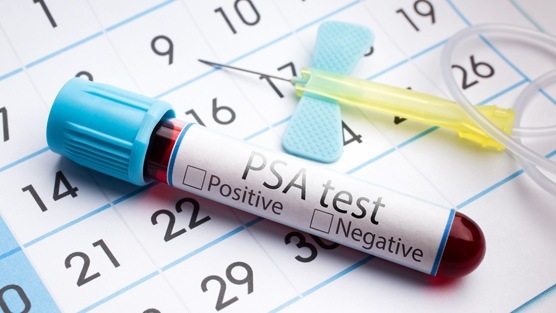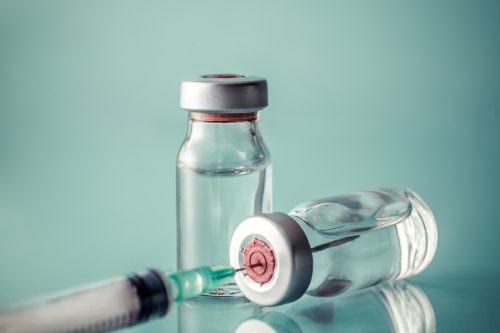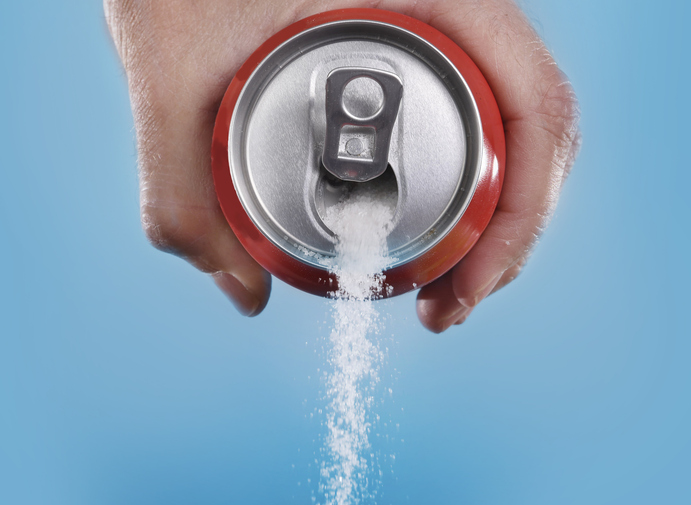
A recent analysis explored the association between diabetes and reduced prostate cancer risk.
“Diabetes and prostate cancer are 2 very common conditions affecting older men. General practitioners are often involved in the diagnosis and management of both diseases,” the study authors shared. “Numerous studies have reported lower incidence of prostate cancer among men with diabetes, although higher risk of aggressive prostate cancer and poorer prognosis have also been noted. Reasons for the lower risk of prostate cancer are unclear, but both physiological mechanisms and detection bias have been proposed.”
The purpose of this study was to evaluate the correlation between antidiabetic medication use with prostate-specific antigen (PSA) levels, PSA testing frequency, biopsy receipt after receiving increased PA results, and prostate cancer detection at biopsy. Data were collected from the Stockholm PSA and Biopsy Register. Eligible patients were men without prostate cancer aged between 40 and 79 years living in Stockholm County, Sweden, between Jan. 1, 2006, and Dec. 31, 2015. Exposures were at least one prescription for metformin, sulfonylurea, or insulin; exposure data were collected from Sweden’s National Prescribed Drug Register. The main outcome measure was PSA levels after the first exposure to antidiabetic medications; PSA testing frequency and biopsy following elevated PSA (≥3.0 ng/mL) and prostate cancer detection at biopsy were also assessed.
Of the 564,666 men (median [range] age, 65 [40–79] years) included in the total cohort, 4,583 were initially exposed to metformin, 1,104 to sulfonylurea, and 978 to insulin; these men were age-matched 1:5 to unexposed men. Exposed men, compared to the unexposed group, had lower median (interquartile range) levels of PSA prior to exposure to antidiabetic medications (1.2 [0.7-2.5] ng/mL vs. 1.6 [0.8-3.2] ng/mL). In adjusted analyses, PSA levels were similar to those of the unexposed men after exposure. PSA testing frequency was higher in patients exposed to metformin (rate ratio, 1.07; 95% CI, 1.06-1.09) and sulfonylurea (rate ratio, 1.06; 95% CI, 1.03-1.08); however, patients receiving insulin had a lower PSA testing rate (rate ratio, 0.79; 95% CI, 0.77- 0.81). Patients receiving metformin and insulin had a lower likelihood of biopsy after elevated PSA (metformin odds ratio, 0.87; 95% CI, 0.80-0.96; insulin odds ratio, 0.83; 95% CI, 0.74-0.93). Despite the PSA levels that led to the biopsy, prostate cancer detection at biopsy did not differ.
The study was published in JAMA Network Open.
“This study’s findings do not support the hypothesis that the inverse association between diabetes and prostate cancer is mediated through antidiabetic medications lowering PSA levels to mask prostate cancer,” the authors said in summary. “They do suggest potential detection bias due to fewer biopsies among men receiving antidiabetic medications, which may explain the lower prostate cancer risk in men with diabetes.”







 © 2025 Mashup Media, LLC, a Formedics Property. All Rights Reserved.
© 2025 Mashup Media, LLC, a Formedics Property. All Rights Reserved.